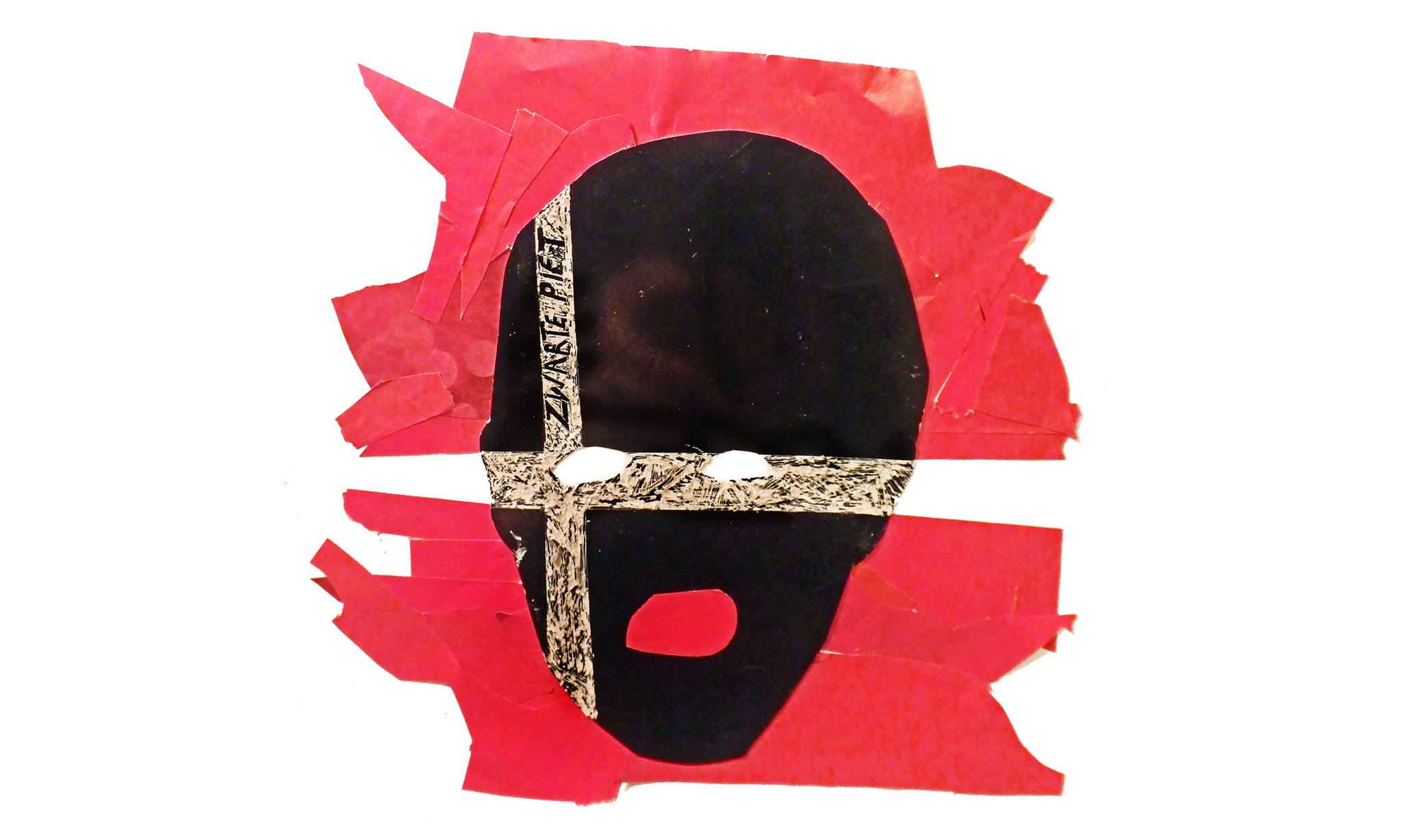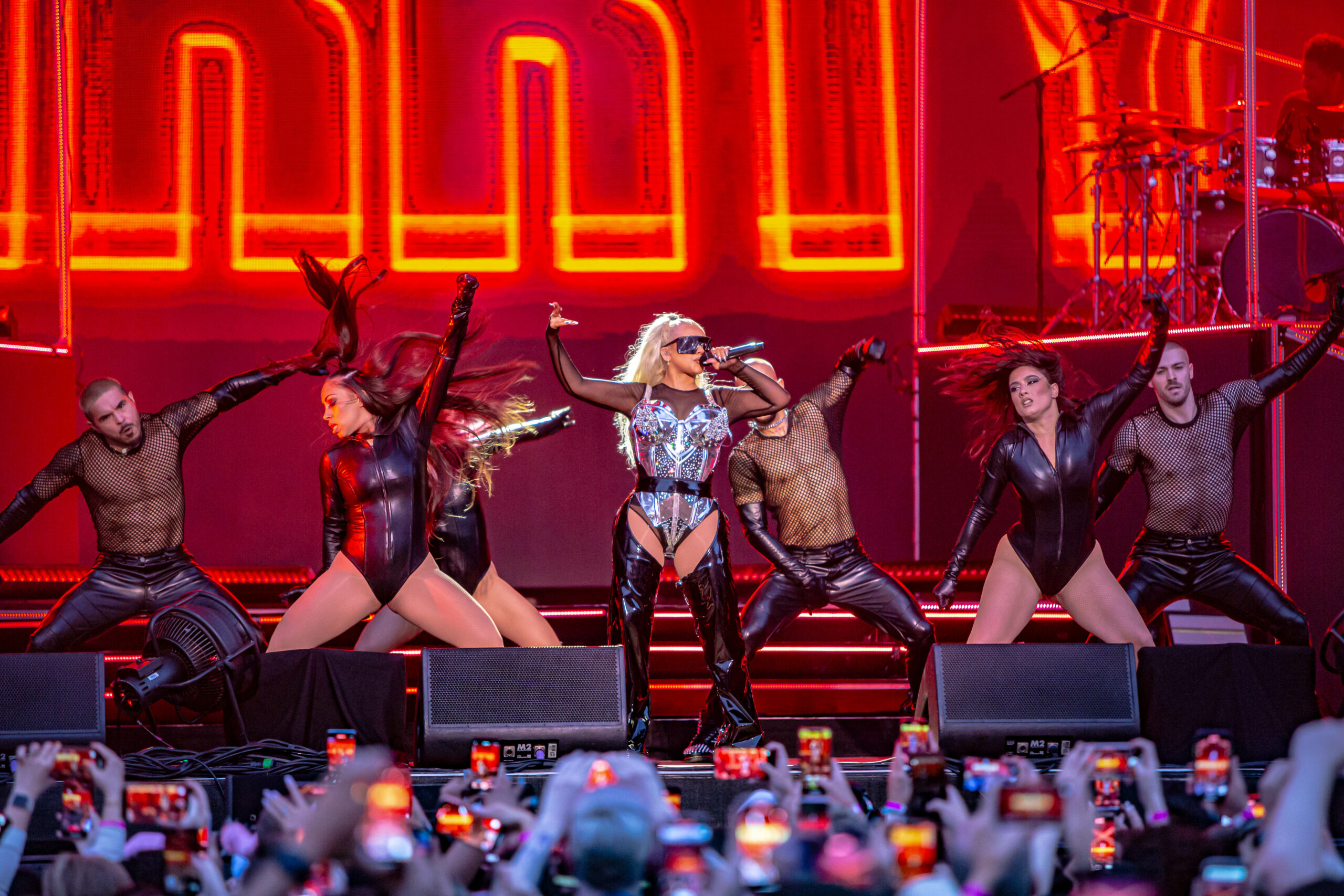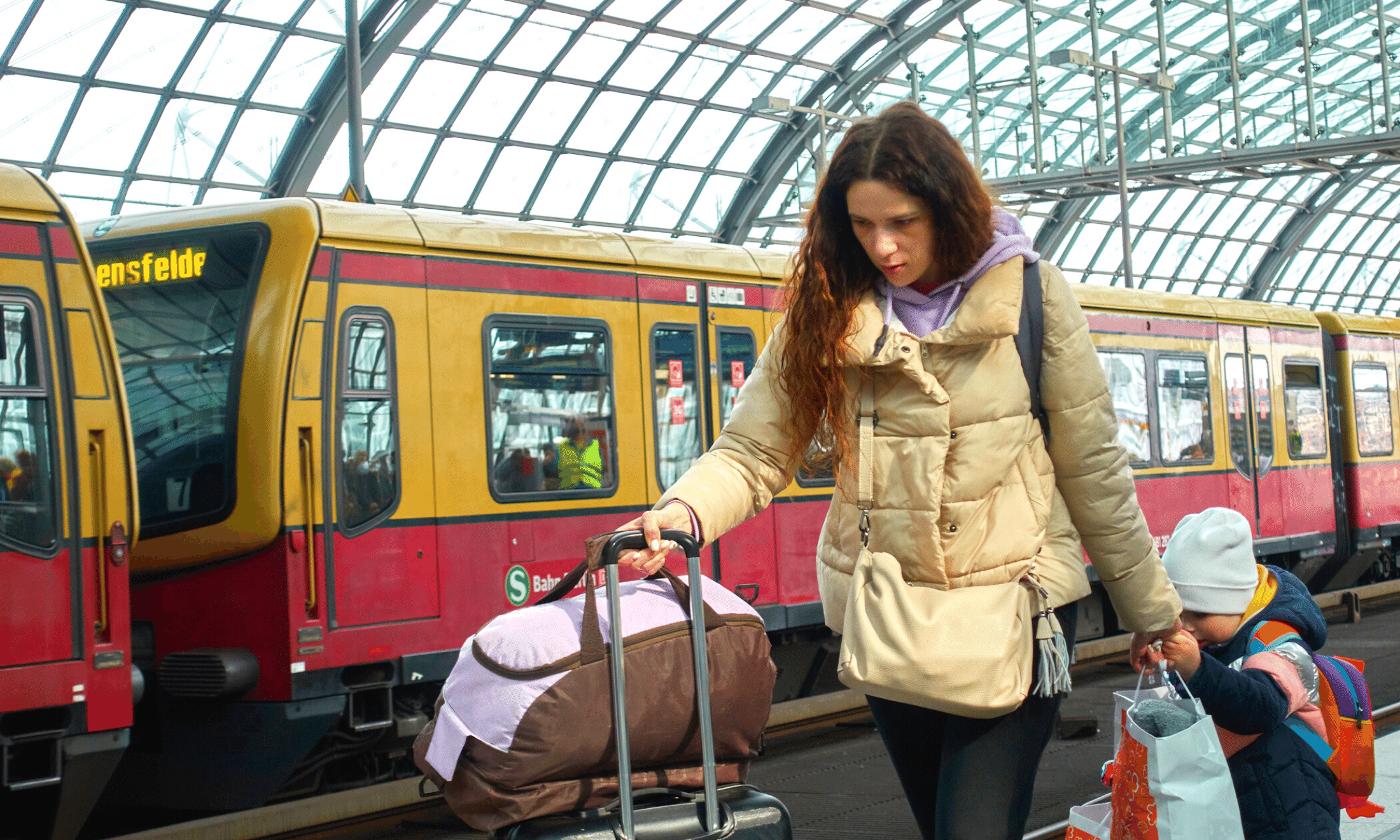
A little over two years ago, I packed my bags and made the long journey to the Netherlands from Kenya to pursue my bachelor’s degree (don’t know why I’m being extra, it was honestly an eight hour flight…). My 18-year-old self was very keen to leave the country. I didn’t particularly care where to, but I knew I had had enough of Kenya and Kenya had had enough of me.
I chose the Netherlands not necessarily because I needed to, but because it would allow me a fresh start and give me a life where I didn’t live in constant fear of bumping into people I knew from back home. Bonus point, it seemed like it would be tolerant! I can’t tell you how many times, as a black woman, I’ve run Google searches before a trip on how black people are perceived in the country I intend to visit. Safe to say, my search history was full of “Is the Netherlands racist [to black people]?” Much to my relief, nothing particularly incriminating came up. My bags were packed alongside my fairytale perception of my new home, which I would eventually realize was a farce.
The first time I had heard of Zwarte Piet was on my 18th birthday, on a francophone news network. Due to my underwhelming comprehension of French, I didn’t entirely understand the content of the news special or the gravity of the situation, but maybe that’s a lie I’ve told myself over and over again. The Zwarte Piet caricature is the equivalent of Santa’s helper, except Santa is Sinterklaas and Zwarte Piet dons blackface. Dutch folklore insists that Piet’s darker pigmentation is because he climbs down the chimney and that it is simply the accumulation of soot.
However, what makes this caricature even more problematic is that Piet also bears a kinky afro, golden earrings, and overemphasised pink/red lips, believed by many to be an exaggeration of features possessed by black people. He’s also usually depicted as inane and naive. These trademark Zwarte Piet characteristics have sparked nation-wide and, recently, worldwide debates about blackface, the mal-representation of black people, and the use of such features as a source of entertainment and ridicule.
I knew what was happening. I knew this was the use of blackface as a mode of entertainment, and I’m ashamed to say that at the time I saw nothing wrong with it. I quietly thought to myself “yes, this is their tradition, why ruin it?” I didn’t understand how blatantly racist such a tradition was and still is. This is how I would like to assume most pro-Piet supporters think. Perhaps my naivety could be accredited to my own experiences in Kenya, where race or racial offences were hardly a concept or a platform of friction. I, as an individual, was never “black” in Kenya because we, as a people, were all “black”.
My first Christmas in the Netherlands saw the Zwarte Piet debate pop up again. Being in a predominantly white university and country, you become more aware of your “blackness”. Combined with this, many of my friends and peers at the time at the time all agreed that Zwarte Piet was a tradition and merely a source of celebration for children. It grew increasingly difficult to view the tradition with indifference because I had become a member of the target group through my immigration to the Netherlands. Combined with my newfound black consciousness, I realised just how offensive this ‘tradition’ really was.
But in all honesty, do I even have a say? I’m not indigenously Dutch nor am I Afro-Dutch. This is a question that stops me from “clapping back” when someone proves to be pro-Piet. The same retort has also been used to silence me and it’s worked. I wasn’t born in the Netherlands, didn’t grow up with this tradition and was merely introduced to it in my early adulthood. What grounds do I have to attack and criticise a tradition of a country that isn’t even mine? However, when these thoughts creep in, my woke alter-ego pipes up and snaps me back into reality. My anger is valid. My disgust with the tradition is valid, because the caricature of Zwarte Piet doesn’t exclusively jibe at the features of Afro-Dutch people, but features black people across all borders have had to learn to love and embrace. So yes, I will be pissed off, yes, I will criticise your tradition, yes, I will take offence, and no, I won’t be silenced.
Dialogue between pro-Piet and anti – Piet camps has been unsuccessful and fruitless. Over the summer I read an article that explained why. The writer commented on how the polarity between racists being bad people and non-racists being good people has made racism an untouchable topic between minorities and majorities. If everyone thinks being a racist ultimately targets their character and person, no one is ever going to admit or discuss it.
The high school I attended had huge wage disparities between black and white teachers. The mere fact that the white teachers were okay with this disparity and made no explicit moves to change that, made them comfortable with racism. They were perpetuating and upholding a racist institution and structure. Did that make them bad people? Many of them participated in community service and gave back, but yet that did not excuse their tolerance of racism.
If you’re okay voting for Trump because you’re a Republican yet you ignore his racial doctrines; if you’re white yet you remain silent when PoCs, particularly black men, are being executed wrongfully by the police, then your apathy towards challenging racism maintains racist structures. It doesn’t mean your character is bad or faulty. Your apathy means that you tolerate acts of racism.
That’s the reason why people are reluctant to discuss the racist tropes that Zwarte Piet propagates, because people assume that criticism of the caricature is criticism of their own character. Discussing the racist nature of Zwarte Piet is perceived as attacking the nature of Dutch people. This is by no means my intention, but this is why the tone of defensiveness remains ever present. Dialogue needs to occur where people understand that this is not a personal attack, rather an attempt to move towards an inclusive Netherlands which all Dutch people and newcomers like myself can feel a part of.









